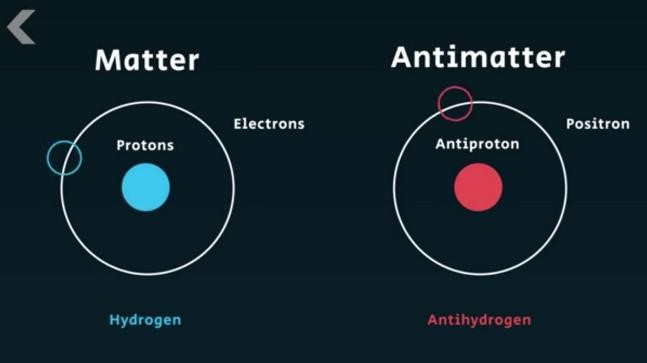Free Courses Sale ends Soon, Get It Now


Free Courses Sale ends Soon, Get It Now



Disclaimer: Copyright infringement not intended.
Context
Details
Antimatter and Gravity
The Experiment at CERN
The Gravity Test
Experimental Results
Introduction to Antimatter
What is Antimatter?
Historical Overview and Discovery
Properties of Antimatter
Production of Antimatter
Antimatter in the Universe
Applications of Antimatter
Challenges and Limitations
Theoretical Implications
Einstein's General Theory of Relativity
The Equivalence Principle
Curved Spacetime
Einstein's Field Equations
Predictions of General Relativity
Conclusion
This discovery not only validates a prediction of Einstein's theory but also contributes to our knowledge of antimatter, which plays a crucial role in our understanding of the universe's early moments and fundamental physics.
|
PRACTICE QUESTION Q. Einstein's General Theory of Relativity and the behavior of antimatter represent two distinct but interrelated realms of modern physics. Discuss the key principles of General Relativity and how they relate to the behavior of antimatter. Highlight the significance of recent experiments validating the behavior of antimatter under gravity and its broader implications in the field of physics and cosmology. (250 Words) |
© 2024 iasgyan. All right reserved